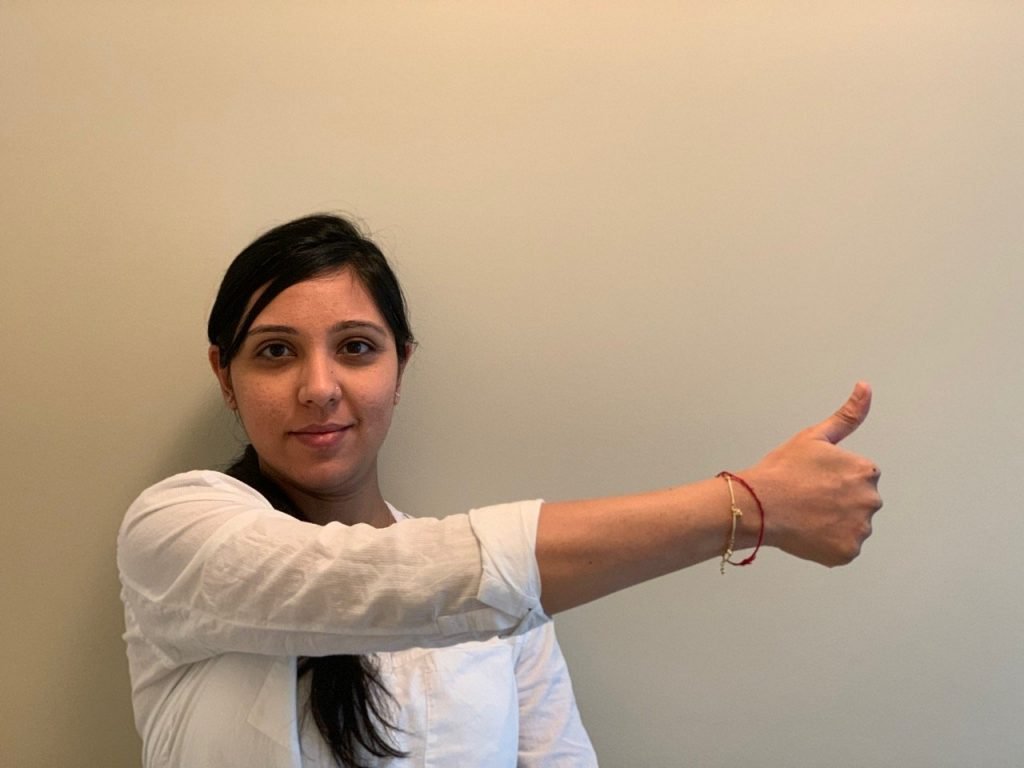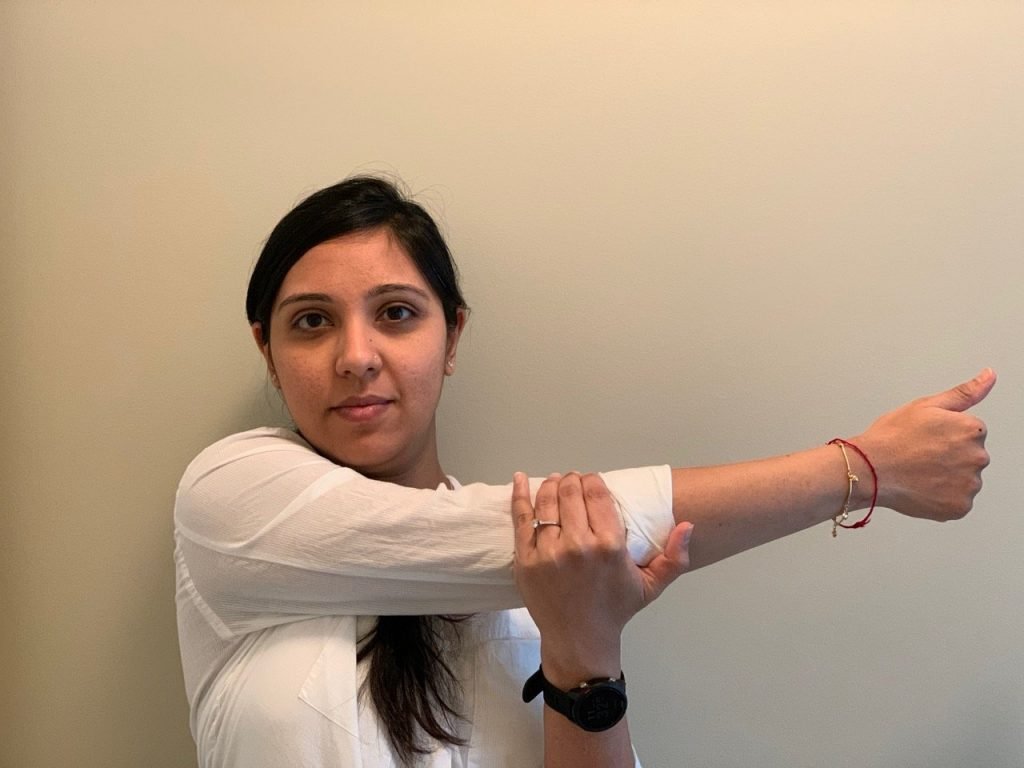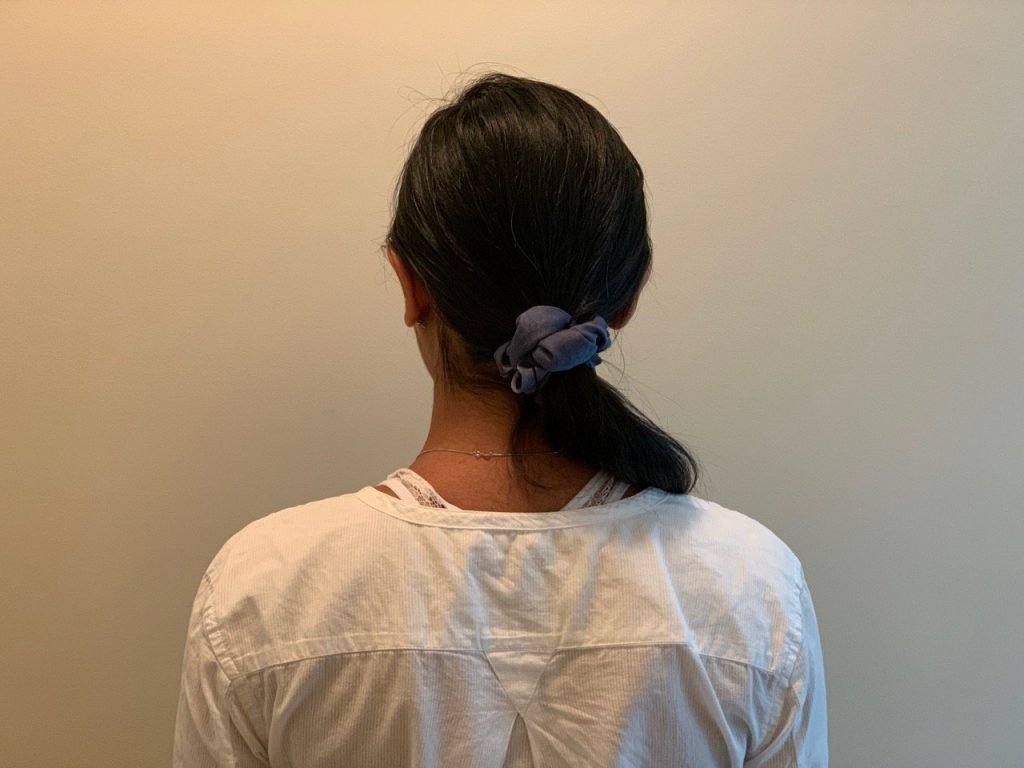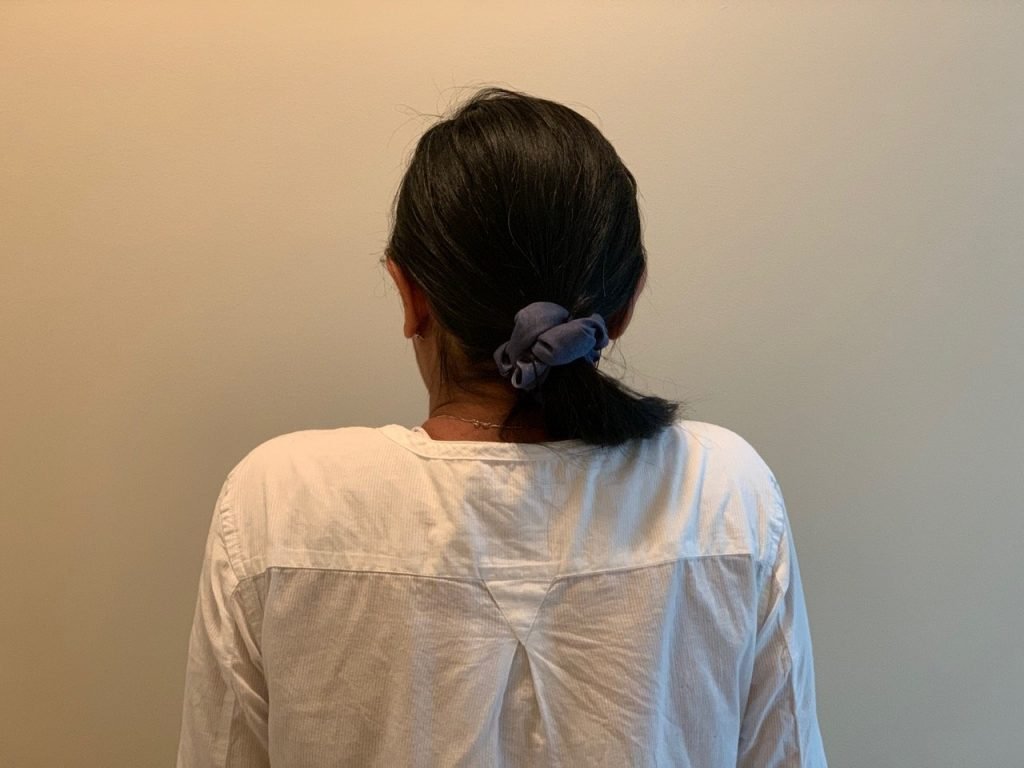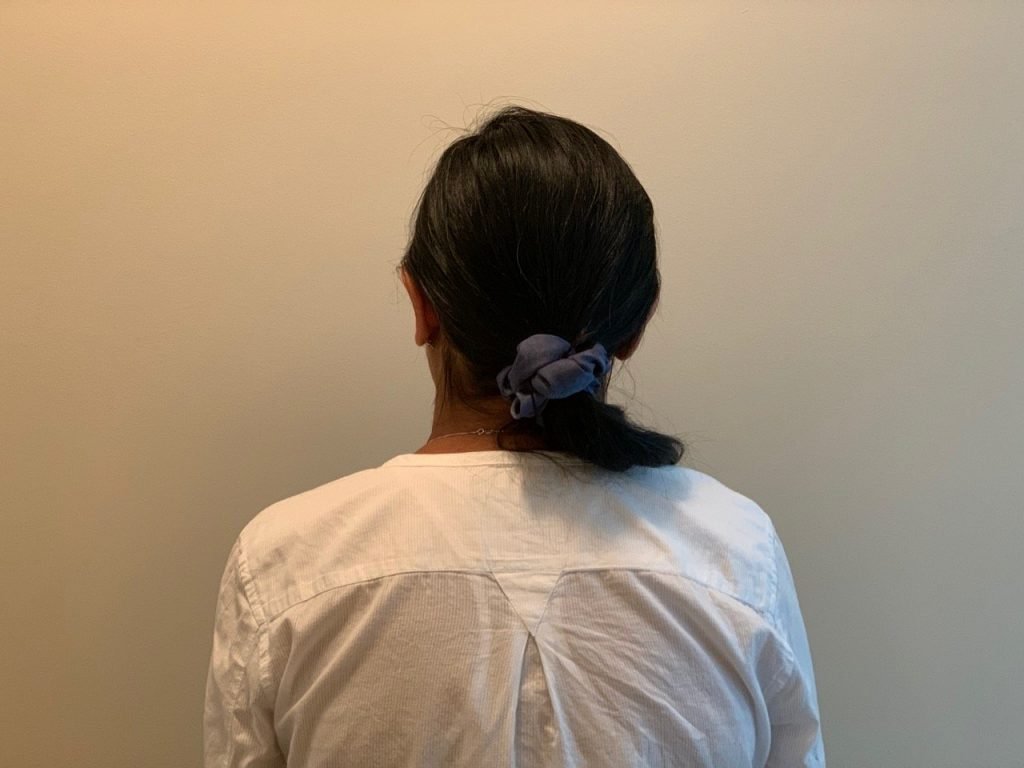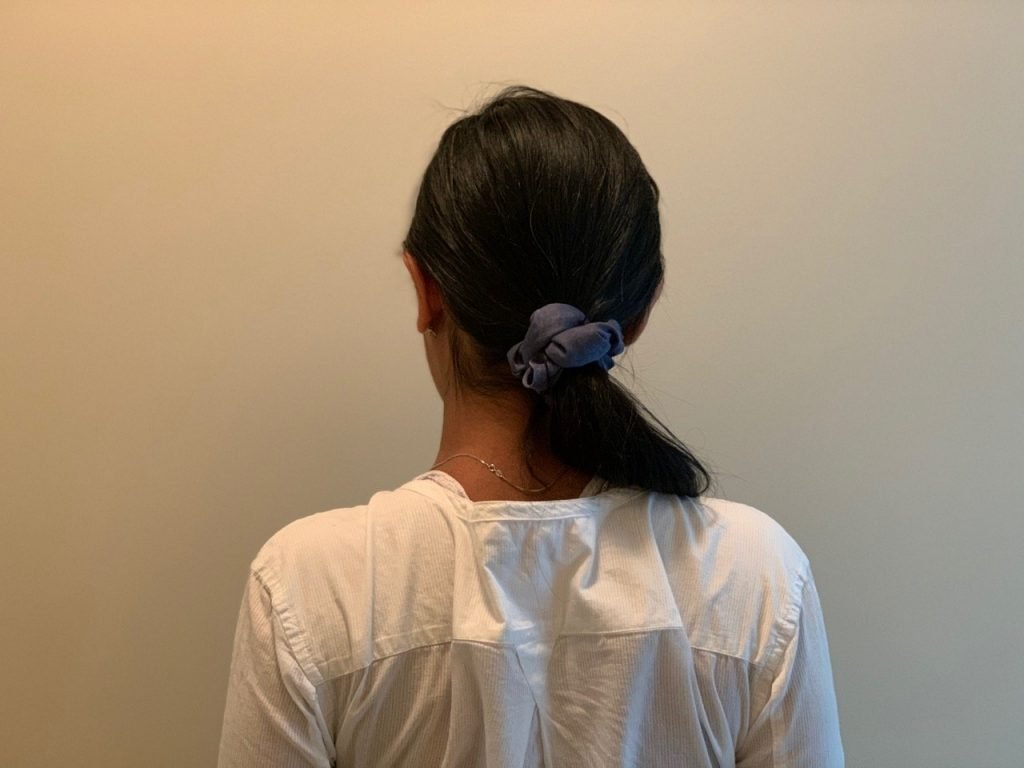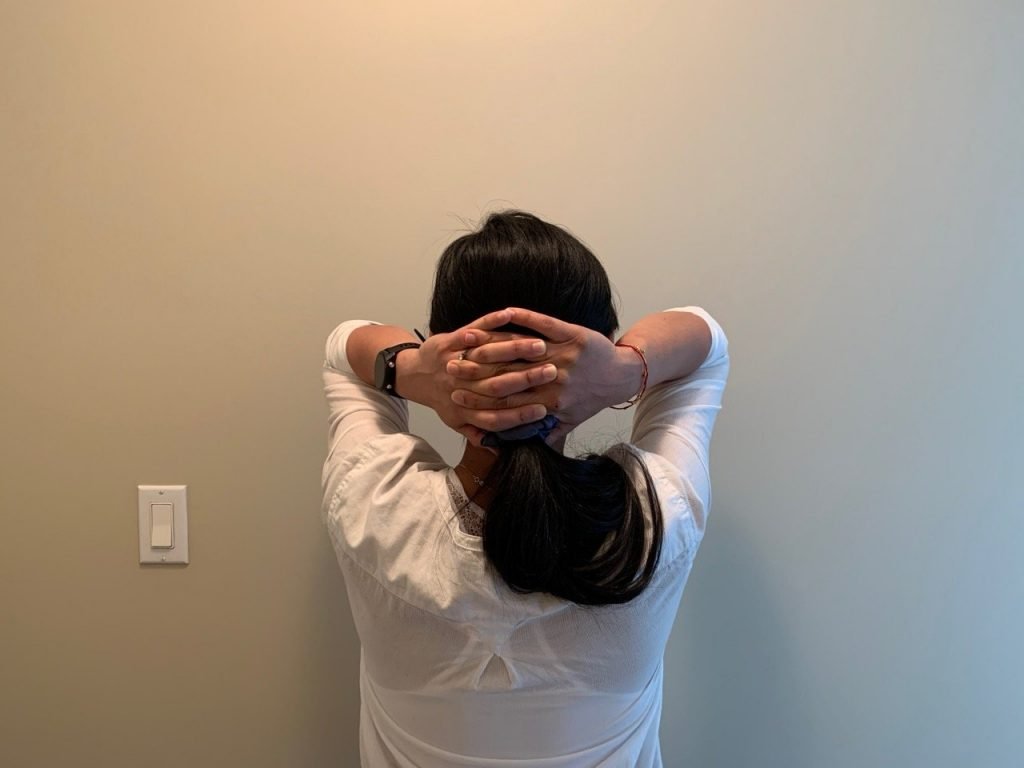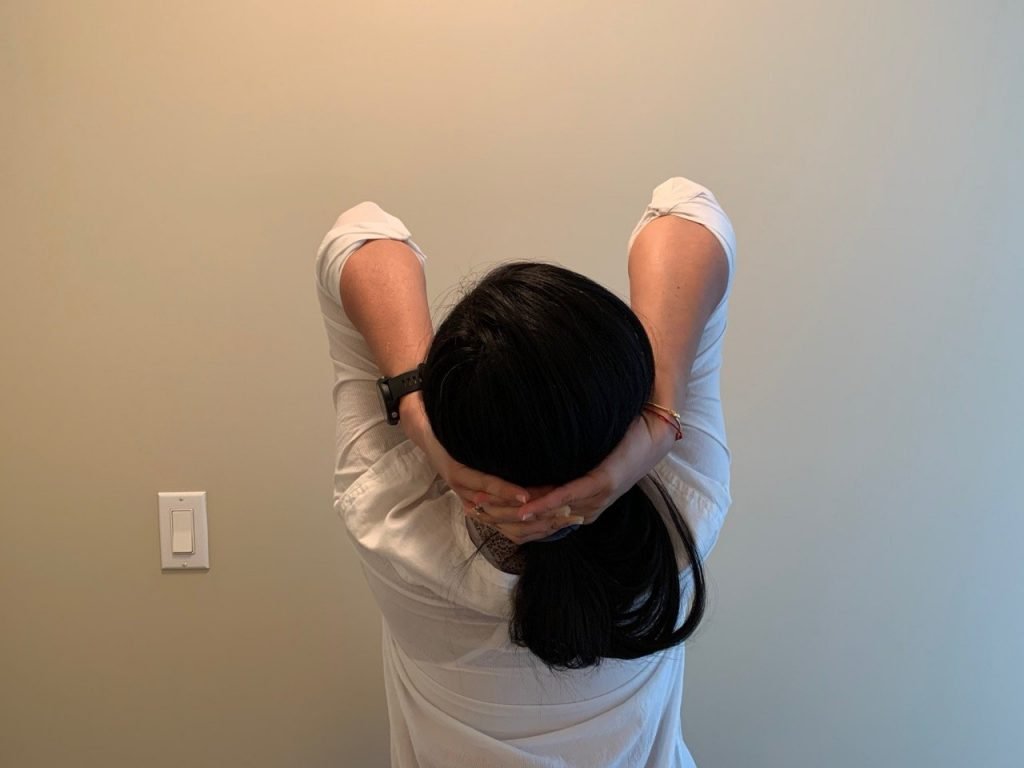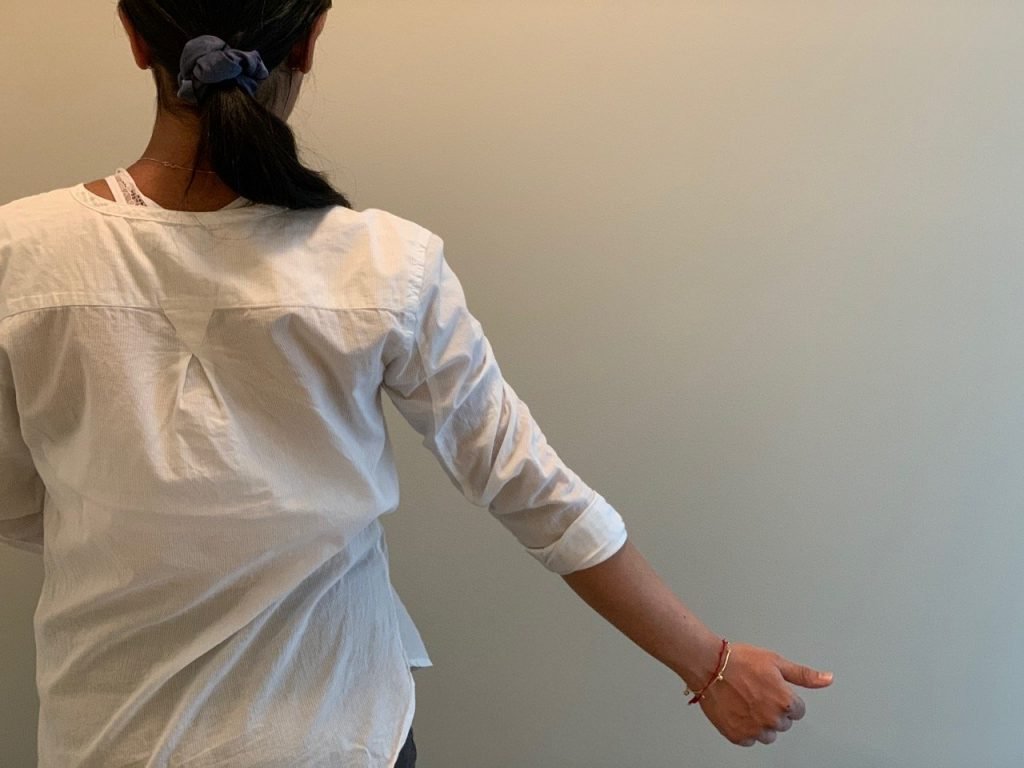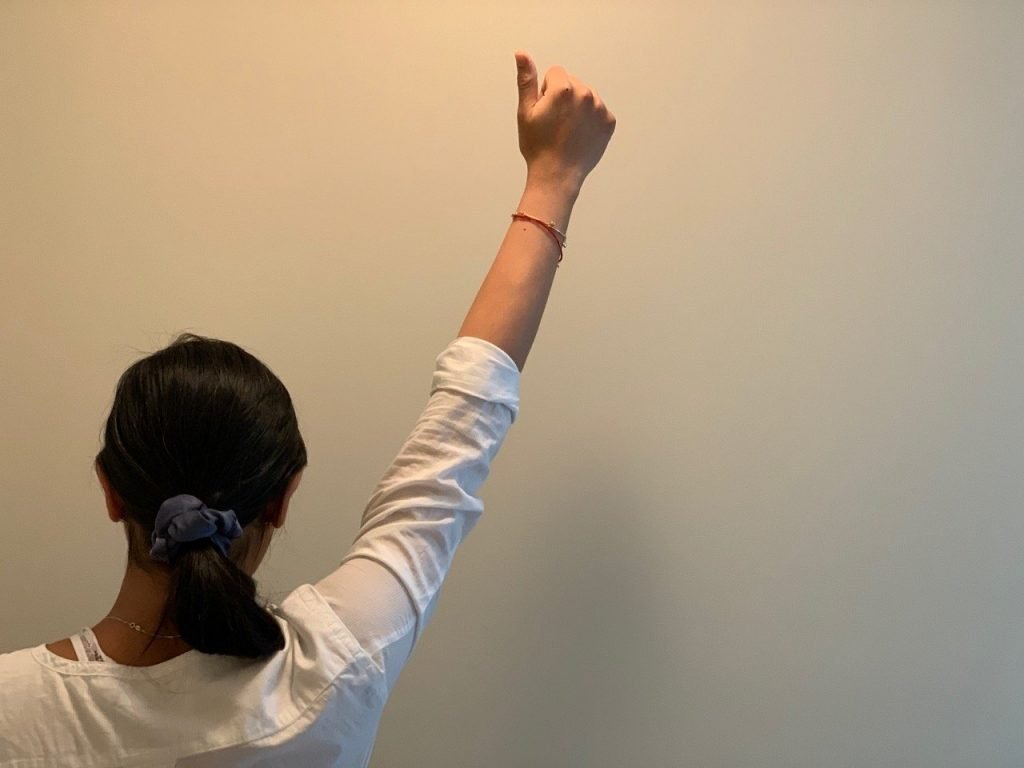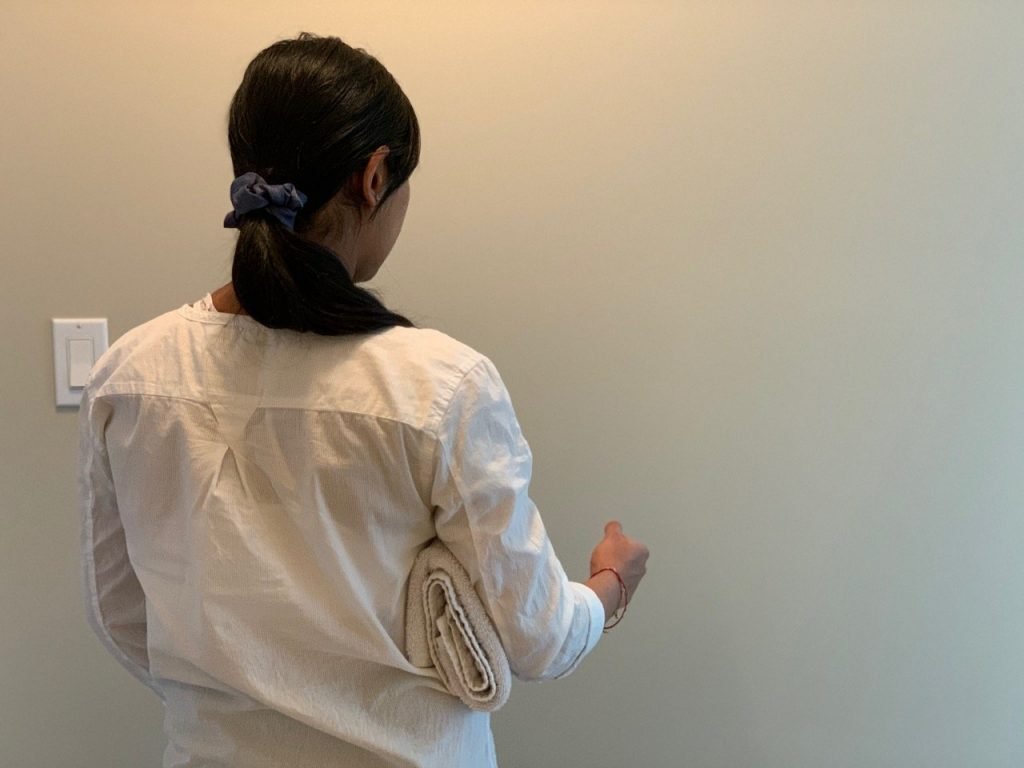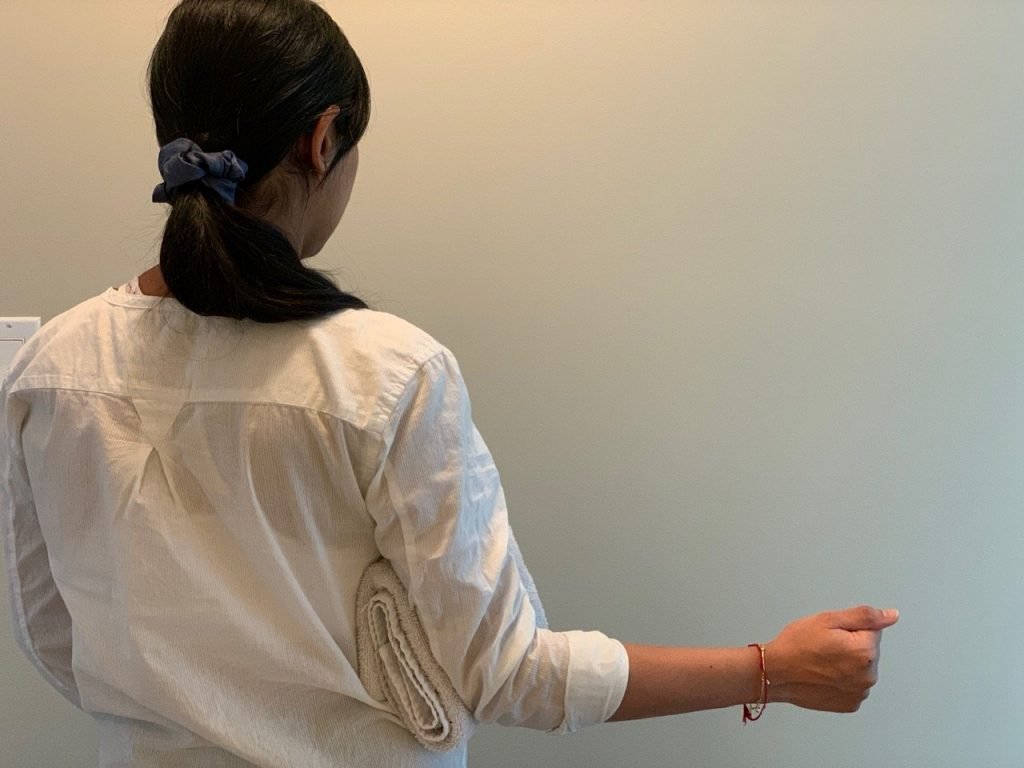Today let us spend some time talking about shoulder pain. This complex and versatile joint gives us ability to perform (often overlooked) daily tasks like reaching for the shelf to get a can of beans, brushing your teeth, washing your hair, fastening your hooks and buttons, putting hands in the back pocket, throwing a ball, and many more. Usually these tasks are effortless. But with even the smallest of pain in (or around) your shoulder, every activity feels like a chore. To help understand and control this pain, lets explain the parts that together form the shoulder joint, why and when it can hurt, and show some basic exercises for shoulder pain.
Structure and Function:
The Shoulder joint is a ball and socket type of joint moving in multiple directions and dimensions. To provide with us extreme amounts of mobility, it compromises on stability.
In reality, the shoulder “joint” is two joints. The first one, called Glenohumeral joint, connects upper arm (humerus) with the shoulder blade (scapula). Acromioclavicular joint is the second joint. It connects the top part of shoulder blade to the collarbone (clavicle). Ligaments help keep the joint in place. Tissues, called capsule, help nourish, lubricate, and stabilize the joint. On top of this, strong muscles and tendons surround the joint. Rotator cuff muscles are a group of four muscles that cup the shoulder joint, lifting and rotating the arm. While other muscles that attach to shoulder blade acts like a force couple to stabilize the shoulder blade as you lift the arm. Issues with any of these body parts leads to pain.
Shoulder pain:
Pain can be mild, dull, and achy; lasting only for a brief time. Other times pain can be shooting / burning for a longer duration. Stiffness, weakness, and inability to perform shoulder movement accompany this pain. Shoulder pain could start because of strain, repetitive unhealthy activities, ageing, or medical conditions.
Some common conditions of shoulder are:
- Bones: shoulder dislocation, fracture, AC joint separation, osteoarthritis
- Ligaments: shoulder instability
- Capsule: adhesive capsulitis or frozen shoulder, labral injuries
- Muscles/Tendons: rotator cuff injury, biceps tendon injury, calcific tendinitis
- Other: neck and upper back problems, referred pain from heart, injury to nerves.
If you feel shoulder pain that is radiating down your arm and causing you to feel chest tightness or shortness of breath, contact emergency services at once.
Tips and Exercises for healthy shoulder:
1) Stretching:
Capsule stretch
Begin in standing upright position. Raise one arm in front of your keeping thumb up. Grasp outside of your arm with another arm and gently stretch.
2) Mobility:
Shoulder rolls
Begin in standing upright position. Stand with your arm relaxed by your side. Gently squeeze your shoulder blades together, lift your shoulder up and rotate forward. Once done with your reps, next, gently squeeze your shoulder blades together, lift your shoulder up and rotate backward. Repeat.
Chest expansion
Begin in standing upright position with your hands clasped behind your neck. Slowly bend your head and neck backwards, curving your upper back. Take a nice big breath in and then return to starting position.
3) Strengthening:
Arm raises
Begin in standing upright position. Stand with your arm relaxed by your side. Slowly lift one arm diagonally with elbow straight and thumb pointing upwards. Repeat.
Arm rotation
Begin in standing upright position. Tuck a towel roll between your arm and your side, keeping elbow bent at 90 degrees. Keeping a towel tucked, slowly turn your arm outwards to the side. Repeat.
4) Posture:
Sometimes, if your pain is coming from neck, sitting hunched can make it worse. When possible, try to sit up straight and walk holding your posture nice and tall. During sitting, use a pillow or cushion behind your lower back with your arm supported on an added cushion or your lap. Along with the ones listed above, Neck exercises can help you improve your posture further.
5) Stress:
Sometimes mental stress can stimulate sympathetic nervous system (fight and flight response). This causes physical tension in our body, especially around head and neck. Practice relaxation to ease stress when possible.
6) Reducing the strain:
Lifting and carrying weight when experiencing shoulder pain can make it worse. If unavoidable, reduce the strain by keeping your elbow bent and in front of your body.
When to consult a Physio
Shoulder pain is common and treatable. Often self-care and a little time is all you need. Most cases are not serious and heal back to normal function. If the pain does not go away in few days, common tactics (pain-relievers, rest, and ice-packs) are not helping, or if your ability to function is severely impaired, we recommend that you consult a physio. Research has shown that majority of the time thorough examination can treat it very well. To see a physio right away without having to travel anywhere, get in touch with me on how I can help.
Further Readings:
- Exercise Rehabilitation in the non-operative management of rotator cuff tears https://www.ncbi.nlm.nih.gov/pmc/articles/PMC4827371/pdf/ijspt-11-279.pdf
- Public Information on Shoulder Pain https://www.nhs.uk/conditions/shoulder-pain/
- Shoulder Pain from Arthritis Research UK https://www.csp.org.uk/system/files/5_shoulder_pain.pdf

